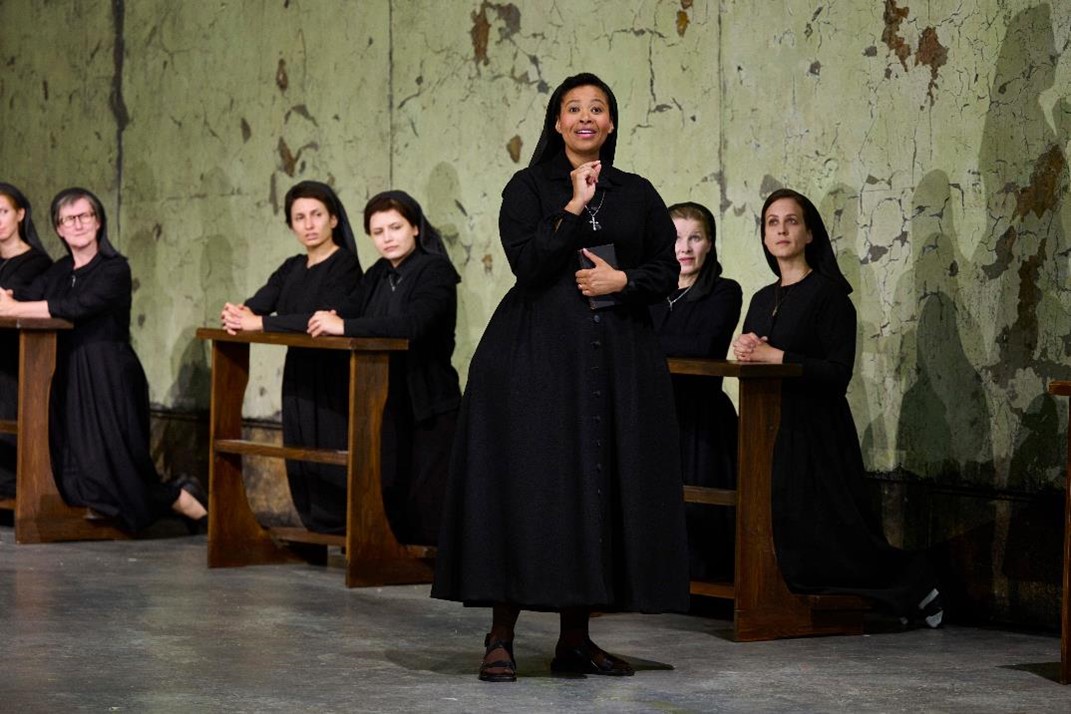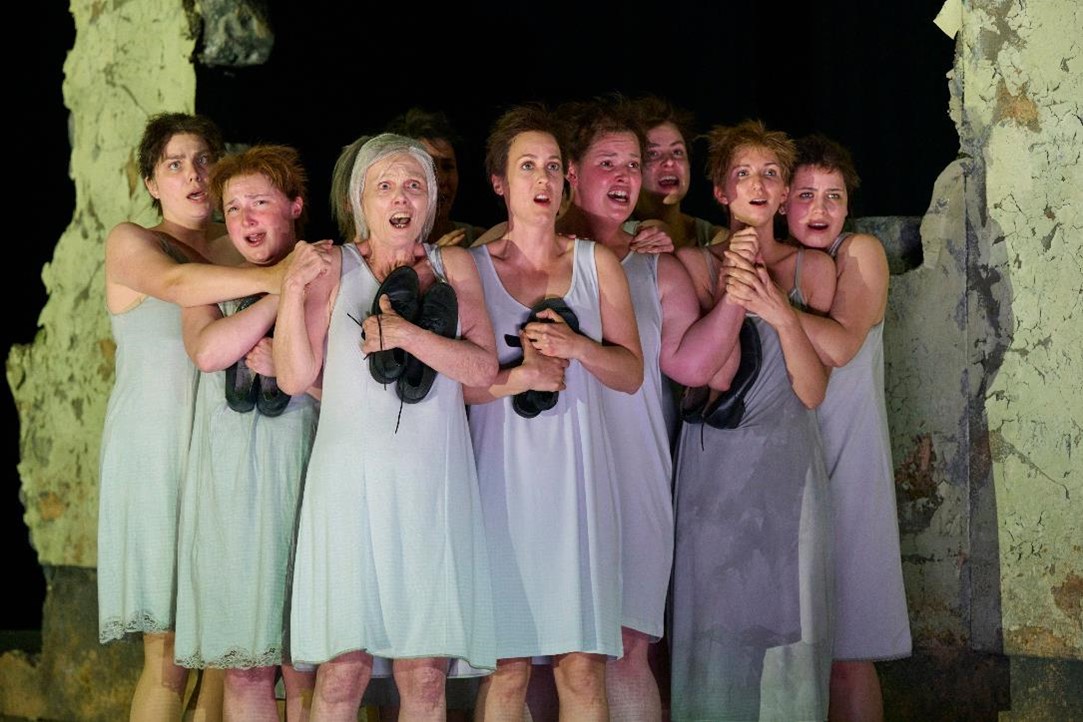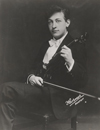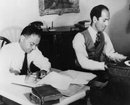Reviews
The Blade of Carmelites Disrupts the Gentility of Glyndebourne
 LONDON—Bucolic and genteel, the Glyndebourne Festival is synonymous with picnic hampers and champagne corks popping lazily in the sun. It’s seen as the playground of the idle rich but the truth lies deeper than that, for this elegant venue near England’s south coast is revered by serious operagoers the world over. The reason is simple: for all its glamor, the company never shies from presenting cutting-edge work.
LONDON—Bucolic and genteel, the Glyndebourne Festival is synonymous with picnic hampers and champagne corks popping lazily in the sun. It’s seen as the playground of the idle rich but the truth lies deeper than that, for this elegant venue near England’s south coast is revered by serious operagoers the world over. The reason is simple: for all its glamor, the company never shies from presenting cutting-edge work.
No edge cuts more savagely than the blade of Madame la Guillotine in Poulenc’s opera of good, evil, and the triumph of the human spirit even in death. In the closing scene of Dialogues des Carmélites, 16 nuns are executed one by one, their chant of the Salve Regina trimmed by 15 swishes of the blade until only a solo voice remains. When that too is snuffed out, a deafening silence holds sway. It is perhaps the most gruesome scene in all opera, yet if staged with discretion it is also among the most moving. The scene lends itself to many different approaches but seldom, surely, has it achieved the devastating impact that Barrie Kosky has created for Glyndebourne.
The bulk of Dialogues des Carmélites comprises conversations between nuns, as per the work’s title. Their discourse attests to the mundane comfort of stability and sanctuary within which they lead their humble lives. Only in the opening exchanges—a scene among Blanche, her brother, and her father (Valentin Thill and Paul Gay, both admirable)—and the conclusion ushered in by a terrifying coup de théâtre (designer: Katrin Lea Tag) in which the convent’s walls are breached by militants, do men dominate the women.

Golda Schultz as Madame Lidoine, the Prioress, in Dialogues des Carmelites
After the French Revolution of 1789, proto-fascists were out of control in a period known as La Terreur, and Kosky starkly conveys the brutal aggression with which they invade the Sisters’ sanctity. Six years ago, the Jewish-born Australian laid an explosive charge of anti-Semitism at Wagner’s front door with his Bayreuth production of Die Meistersinger von Nürnberg; but here, with Poulenc, he uses Holocaust imagery to target oppression in all its forms. The clack-clack of scissors as impassive men shave the nuns’ heads, the physical labelling of the martyrs, the desperate moment when reality dawns on one of the youngest victims and, ultimately, the growing pile of shoes as death is meted out (mercifully offstage)—these are all the more sobering for the universality of Kosky’s timeless environment. It could be happening today.
At the helm of a luxuriant London Philharmonic Orchestra that revelled in the melodic beauties of Poulenc’s score, Robin Ticciati confirmed his status as a major figure in U.K. opera and, as music director, a jewel in Glyndebourne’s crown. The maestro’s instinct for stage drama is outstanding; in partnership with Kosky he extended the opera’s interstitial silences to breaking point. It was an unnerving practice, drawing attention to the plight of Poulenc’s flawed heroine, Blanche de la Force, by catching her like a rabbit in headlights—and thereby humanizing her so that her fate, when she stepped forward to meet it, weighed on every member of the audience.

The final scene: the nuns, horrified, await their fate
The predominantly female cast provided a showcase of fine singing, from the headstrong youthfulness of Florie Valiquette as Sister Constance to the moribund Madame de Croissy of the great Katarina Dalayman, once a formidable dramatic soprano but now in late career a character mezzo of extraordinary power. Her death scene was all the more harrowing for the confession of doubt that accompanied it.
Golda Schultz made a striking impression as Madame Lidoine, the wise new Prioress; the prodigious mezzo-soprano of Karen Cargill as Mother Marie burst forth perhaps a little too powerfully within the ensemble context, and the veteran soprano Fiona Kimm broke hearts as the elderly Mother Jeanne. In a cast with no weak link, the Glyndebourne Chorus also yielded some fine solo contributions in comprimario roles.
Blanche was sung by the English soprano Sally Matthews, a late replacement for Danielle de Niese who quit the billboard at a late stage in order to appear in a West End musical. Matthews is an experienced interpreter of the role and she imbued her performance with a girlish vulnerability that invited heartbreak. Her voice on opening night (June 10) was slightly clouded, less silvery than it once was, but that hardly mattered as she commanded a stage that she rarely left for long.
Top: Katarina Dalayman as Madame de Croissy and Sally Matthews as Blanche
Photos by Richard Hubert Smith





 FEATURED JOBS
FEATURED JOBS

 RENT A PHOTO
RENT A PHOTO


